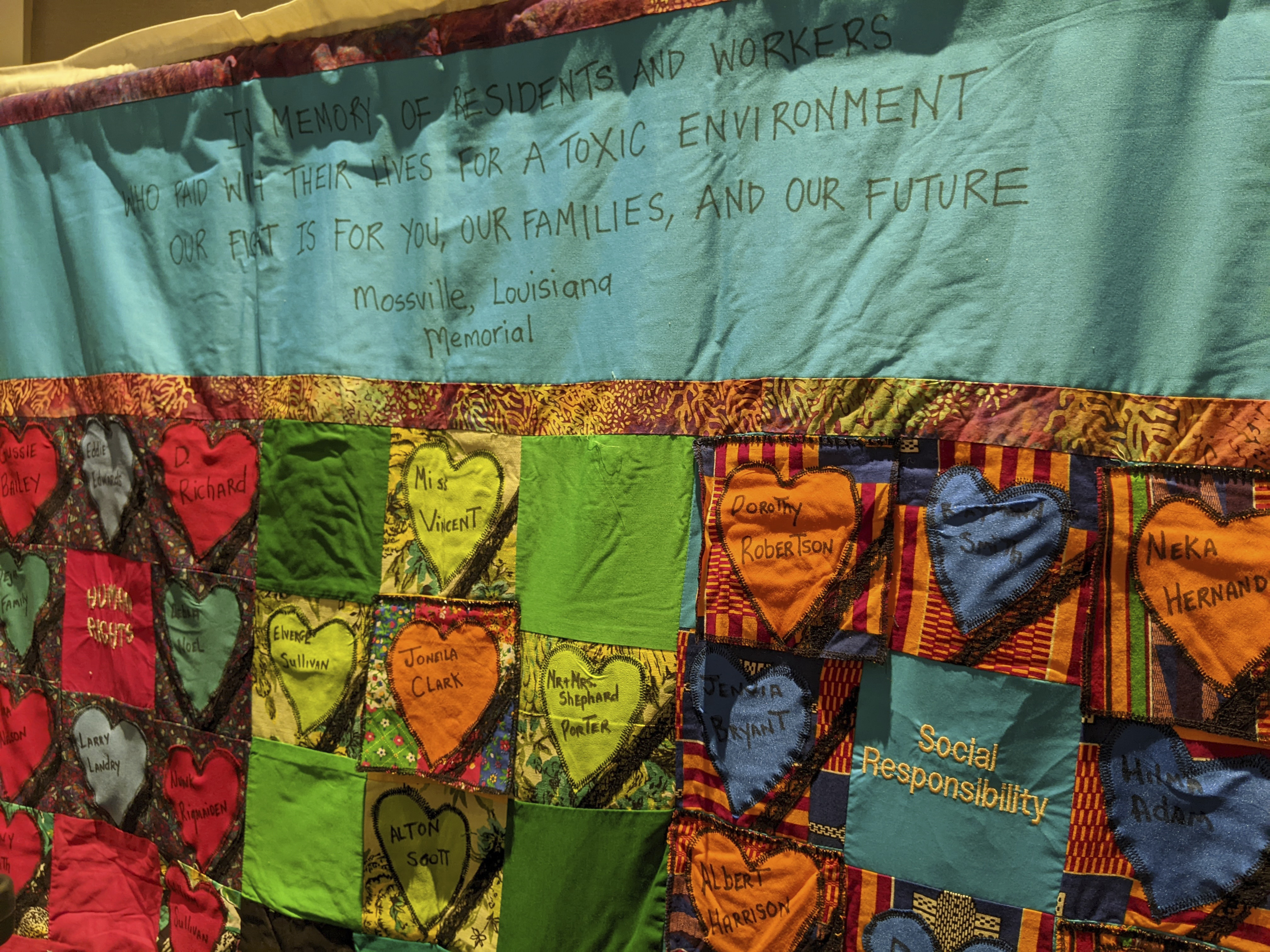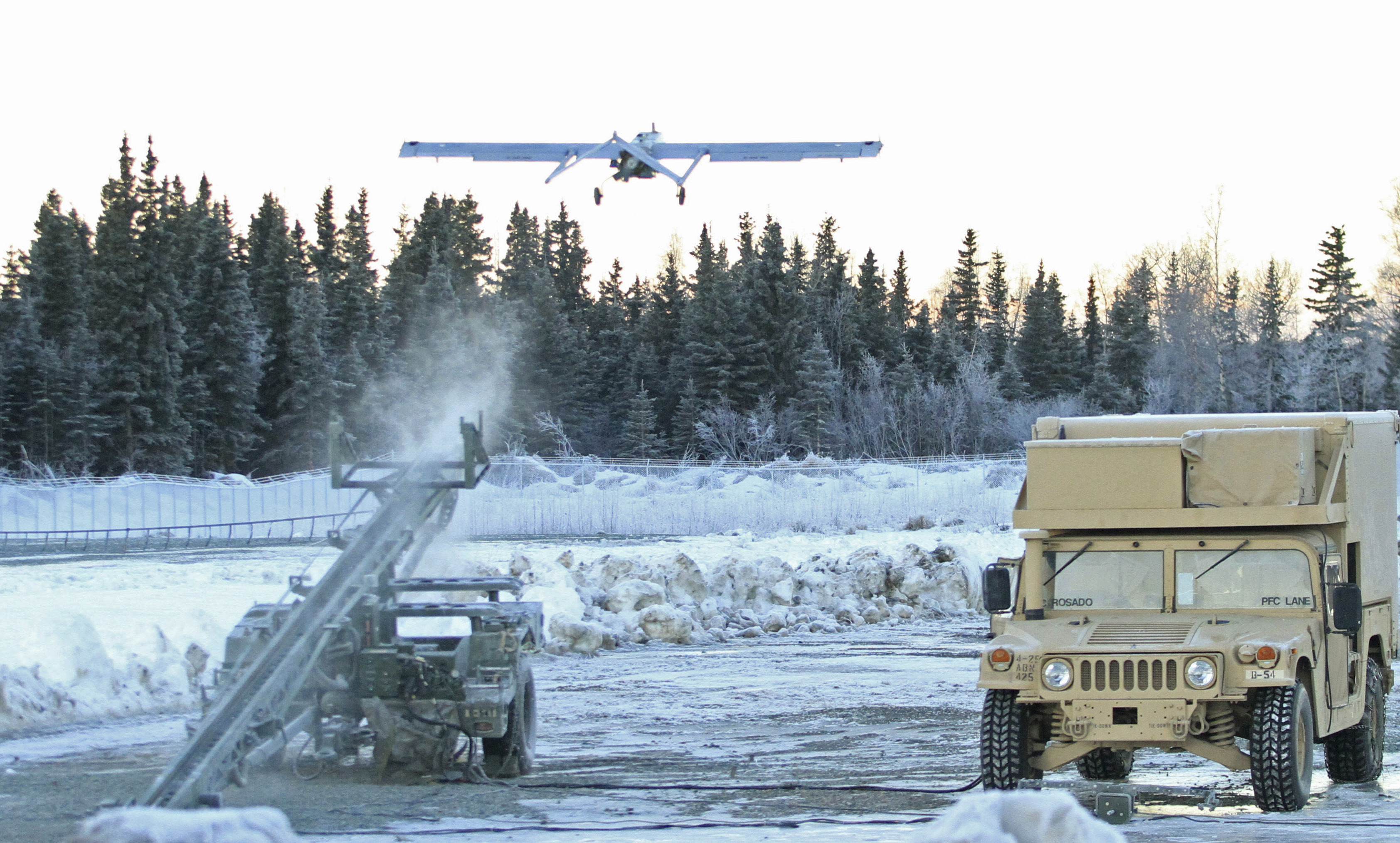While working for NBC in Dallas in 2007, I discussed the issue of climate change for the very first time publicly after observing some very scary numbers in North Texas.
The blog asked questions about the changing climate that we now take for granted and that have been proven to be facts, but in 2007, the science was still evolving, and talking about it on TV was not something that most meteorologists were free to do.
Climate change has become part of my daily weathercasts and weekly stories in Miami, but in 2007 in Texas, it was definitely not. This blog is a time capsule. For the first time in my career I’m saying, hey, this is something we need to be talking about even if we don’t have all the answers.
CHANGING CLIMATE
Get South Florida local news, weather forecasts and entertainment stories to your inbox. Sign up for NBC South Florida newsletters.
Fifteen years later, I could write a similar article about South Florida, but it would be full of declarative statements instead of humble questions.
The following blog post was originally published here on Nov. 11, 2007.
North Texas Climate Change? By Steve MacLaughlin
The following is not some Global Warming propaganda. This is actually a summary of some incredible North Texas weather statistics; but they have started to worry me. I simply want to raise questions and make connections, but recognize from the start that I don’t know everything nor do scientists. But we at least need to leave open the possibility that the climate is changing. North Texas is hot. It always has been. It’s always supposed to be. That is why it’s a great barometer for climate change. When we break heat records here, it means something rare and remarkable is occuring, but records are not out of the ordinary. When it happens month after month, year after year, it becomes a pattern that needs to be looked at more closely.
This year has been record-setting in so many different ways here in North Texas. The spring was a mess. More watches and warnings were issued than ever before with relentless storms and floods. Even tornadoes occured on several occassions in some of our very highly-populated areas around the metroplex.
Hail destroyed my windshield in April. I was in New Jersey, reporting on the massive, historical spring floods on the east coast at WeatherPlus out of MSNBC. Ironically, two days before, while I was in New Jersey, those storms were in North Texas and large hail pounded my car parked at DFW airport. I returned two weeks later to a lovely surprise. Why I didn’t spring for covered parking still perplexes and haunts me. Lesson learned.
This summer was on pace to be the wettest ever, nearly eclipsing the summer of 2004 which holds the record in North Texas. 18.89″ of rain fell that June, July and August.
And now…The heat!
Before we go on, I need to explain one important theory on climate change. The United States is vast and has so many different climates covering huge geographical stretches. Every part of America will feel climate change differently. Some worse than others. Some may barely be affected. Some have no idea yet how Global Warming may affect them and will learn in the coming years. Some have already seen droughts, floods or high temperatures that are the most dramatic on record.
For North Texas, there are two ways we might be affected, based on climate experts’ theories. The first is extremes. By that, we mean huge swings in the weather pattern. And we’re not talking about that daily swing that’s always been part of Texas’ history and character. We are talking about long-term shifts. Like, let’s say, the wettest summer ever followed by one of the worst eighteen-month droughts ever, followed by one of the stormiest and wettest years ever. Sound familiar? Again, just theory, but it’s making me a believer.
The other place where North Texas will see climate change is in the overnight low temperature. A change in moisture and weather pattern may not affect highs as much as that low temprature. It just doesn’t get as low. That means the next day starts a little warmer and the next night doesn’t cool down as much. It’s a viscious cycle that extends our heat waves and keeps your air conditioning running while you sleep later into the fall. That being said, please note how most of the records below have to do with average temperatures or low temperatures over time.
October 1st thru the 14th of 2007 was the hottest start to October ever. The average was 79.8 degrees; The average high over that two week stretch was 89.5 degrees, almost ten degrees above the normal high in the lower 80s. We also set a record for low temperatures with an incredible average of 70.1 degrees. Simply amazing.
I worked out a series of mathematical equations; simple arithmetic really. I took the average temperature, the average high and the average low from the first of each month thru yesterday for all the months in 2007. In other words, I worked out January 1st thru November 10th, then February 1st thru November 10th and so on. Each gave me three numbers: Average temperature, average high and average low. This was then compared to every other year on record in North Texas for the same period of time.
The results: The LOW temperature in 2007 for each period was either the hottest or second hottest ever. There were only two exceptions; one was the third hottest and one the fourth hottest. As far as overall average temperature, if you take August 1st thru yesterday, it is the hottest on record; September 1st thru yesterday, the second hottest.
Over the last 365 days, we are having the second warmest year ever based on overnight LOW temperatures with first place going to the same period of time in 1999-2000.
If you take November 11th thru November 10th (last 365 days) over the years, the hottest years ever based on overall average temperature are the following:
1) 1999-2000
2) 2005-2006
4) 1998-1999
5) 2004-2005
9) 1997-1998
14) 2006-2007
The warmest years (calendar) on record in North Texas still remain 2006, 1999 and 1998 in that order. In all fairness, you might think that mixed in with all those warm years were a few cold years that we are not mentioning. Of the top ten coldest years on record in North Texas, the most recent one was 1983. I was seven adorable years old. The coldest ever was 1899.
Again, the numbers don’t guarentee that all the Global Warming theories are correct, but they certainly make it difficult for me not to have a thirst and hunger to know more. Perhaps this decade is an anomoly, but if the next two or three years continue to show these trends, there will be no doubt that change is happening here in North Texas right in front of our eyes and our kids may live in a much different Texas.
Steve Mac



